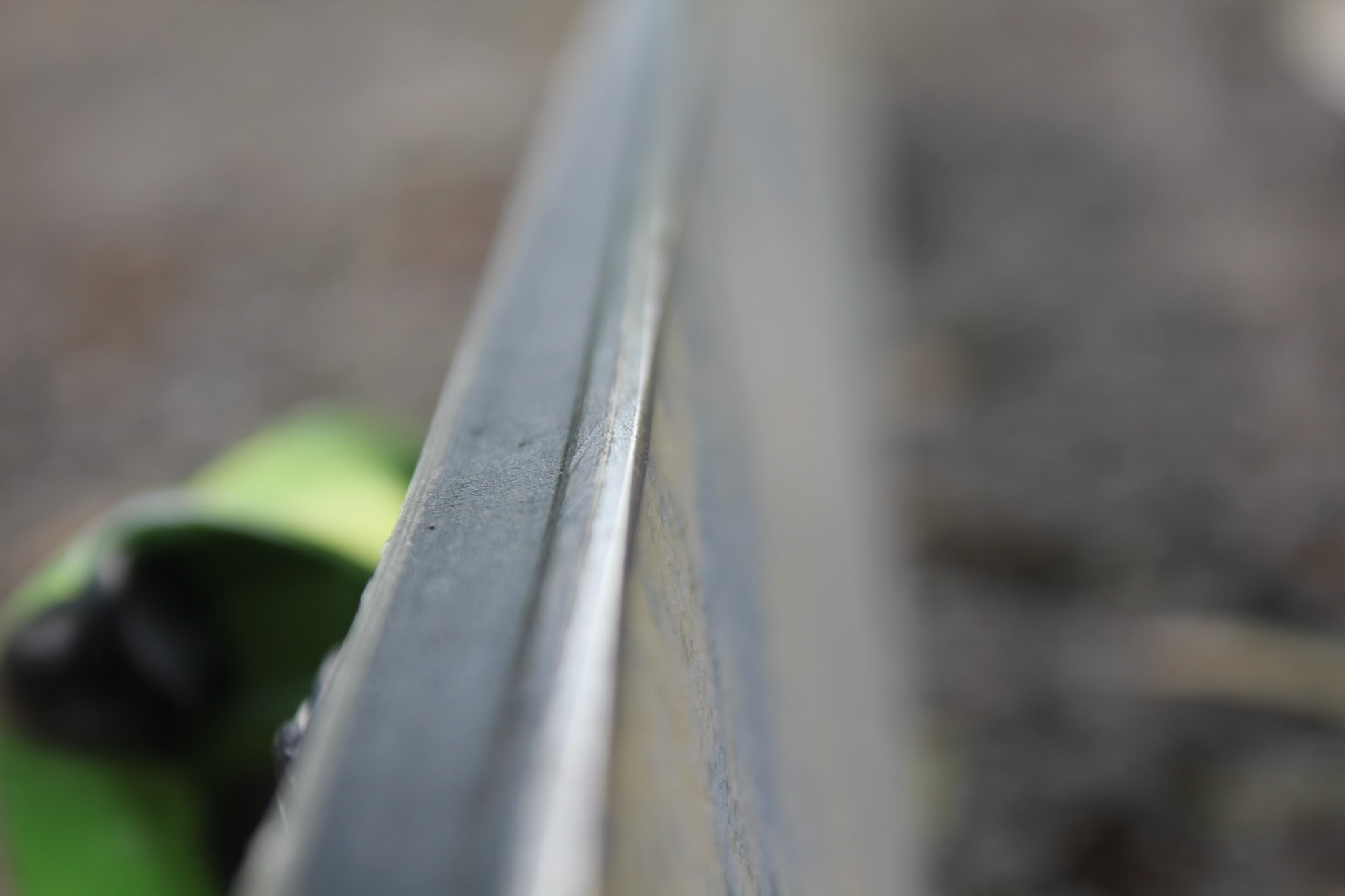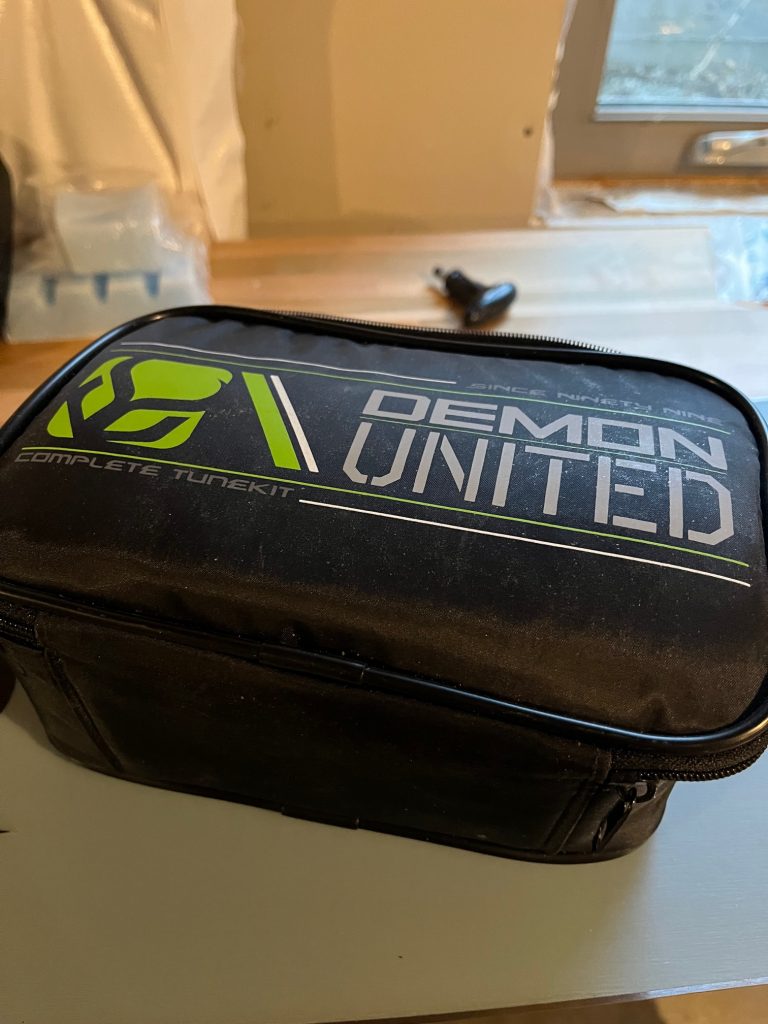

It also allows for better grip on icier conditions for increased security and safety. This in turn improves the turning qualities of your skis for more fun and quicker learning results. Studies have shown ceramic discs take less material off, are more precise, leave a finer, smoother, and cleaner surface polish on the ski or snowboard edges. Ask your shop if they are using a belt to finish your edges or ceramic discs. Over 90% of all ski and snowboard manufacturers use this technology during the production of all their skis and snowboards. Ceramic disc technology has become an industry standard.

If your ski or snowboard hasn’t been tuned in a long time and you want a quick edge without flattening or properly tuning your equipment, this is an instance when belt edgers come in handy and can be appropriate. If they are using a handheld belt edger such as a Wintersteiger ST500, just know you are subject to human error and inconsistency. If you’re getting your skis tuned with a belt edger make sure at minimum it is in an automated machine. In other words, zero out the ski or snowboard.ī elt grinding edgers leave room for rounded edges, leave a rough surface finish that can interfere with glide, take off more material, and can be inconsistent with bevels. If you prefer to tune your own equipment, we recommend taking your skis into a reputable ski shop that can properly flatten your equipment at least twice a year to guarantee your edge bevels are accurate. This ensures we take off the least amount of material possible. This is why we constantly keep up on our edge work, every 3-5 days of skiing we deburr and sharpen our edges and fully tune our skis (fill and change structures) every 7-10 days. As you can see on the image to the left, the ski has been ground through and is still not flat (on the right). In some circumstances, bases of skis that haven't been tuned in a long time may be too revealed that the only way to bring them back to life is by tuning through the ski, in which case, it's time to buy a new stick. The longer you wait to tune your skis or snowboard, the more revealed that base material becomes this means your tuner will have to take off more material (or life) in order to flatten your ski to sharpen your edges. I never guarantee a sharp edge if I can’t properly sharpen the base edge in which case the ski needs a tune. There is a common misconception when people ask for an “Edge & Wax'' thinking they’ll have a sharp edge when the base isn’t flat. On the inverse when your skis or board bases are concave, you will feel like you are always catching your edge. Hence the need to flatten the base material to be able to properly sharpen the base edge. When the base is revealed and not flat, it is difficult to sharpen the base edge and risk putting a larger degree on the base bevel. There are two sides to an edge, the base edge, and the side edge. When we tune, we re-flatten the base in order to properly sharpen the edges. The more we ski, the more we reveal or convex the base because we’re constantly rolling up on our edges to turn. Ski bases (the bottoms of your skis) generally come out of factories flat. Pure poly is much harder than ptex and has to be heated up to 350☏ and can be applied in various ways, most common being an iron gun. We ptex all of our surface scratches and poly weld all of our core shots. Ptex is a composite of polyethylene, paraffin, and carbon which makes it flammable and drippable. We use ptex and poly base welds to repair our bases. Skis and snowboards are tools not jewels so don’t be worried if you have a core-shot or two and or surface scratches. W e hit rocks, you hit rocks, it happens.


 0 kommentar(er)
0 kommentar(er)
